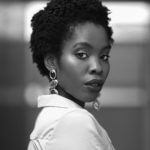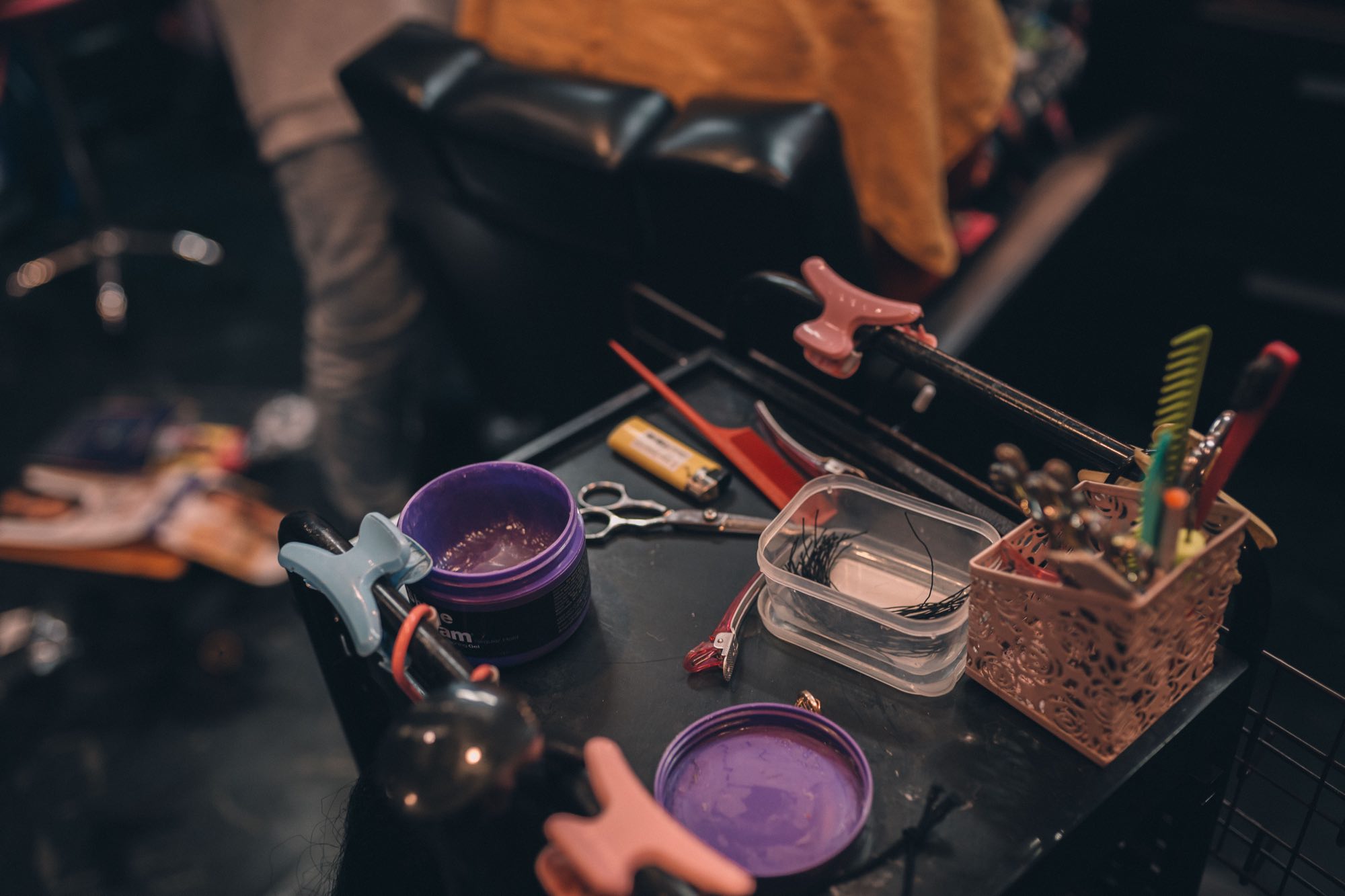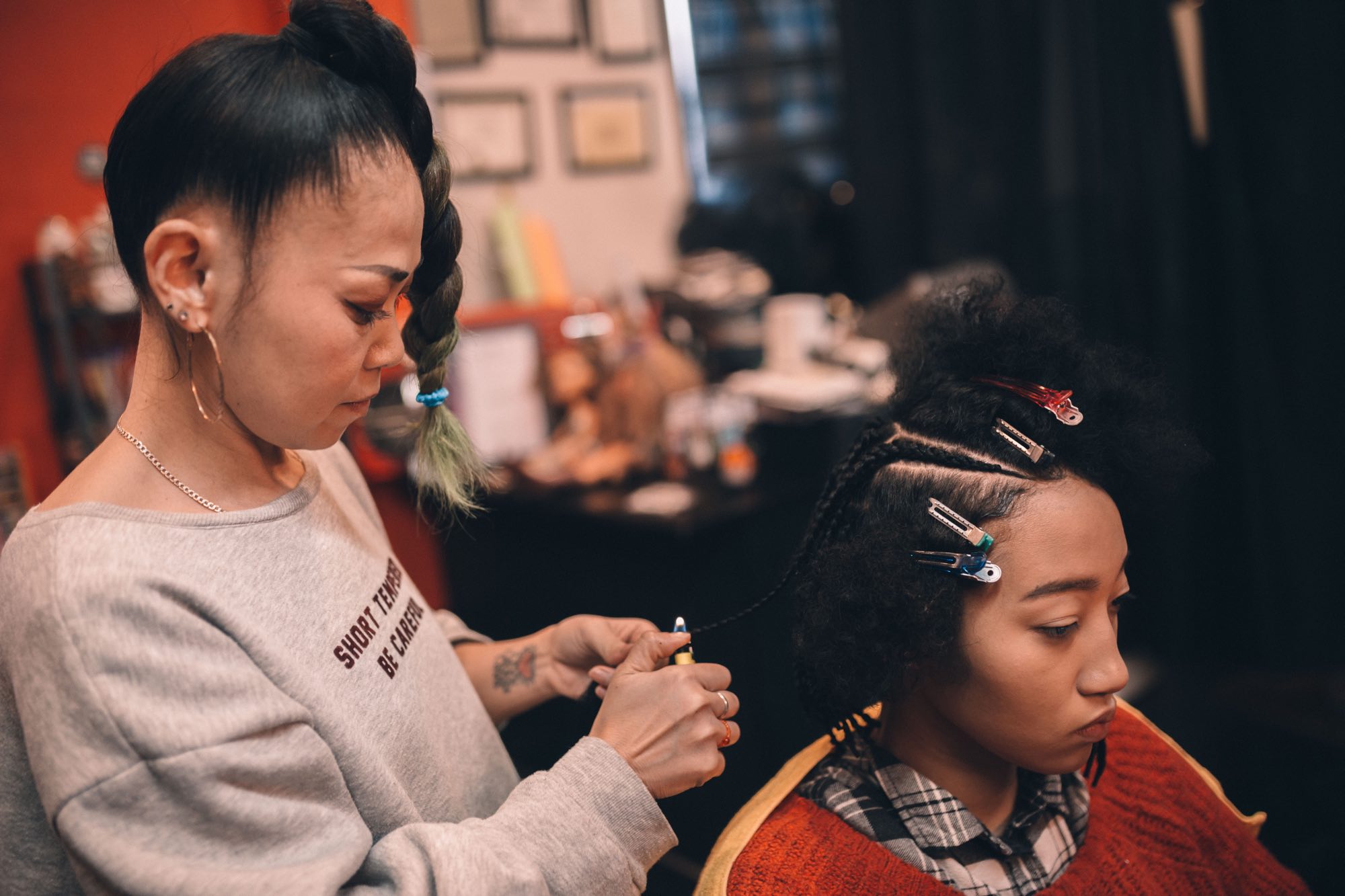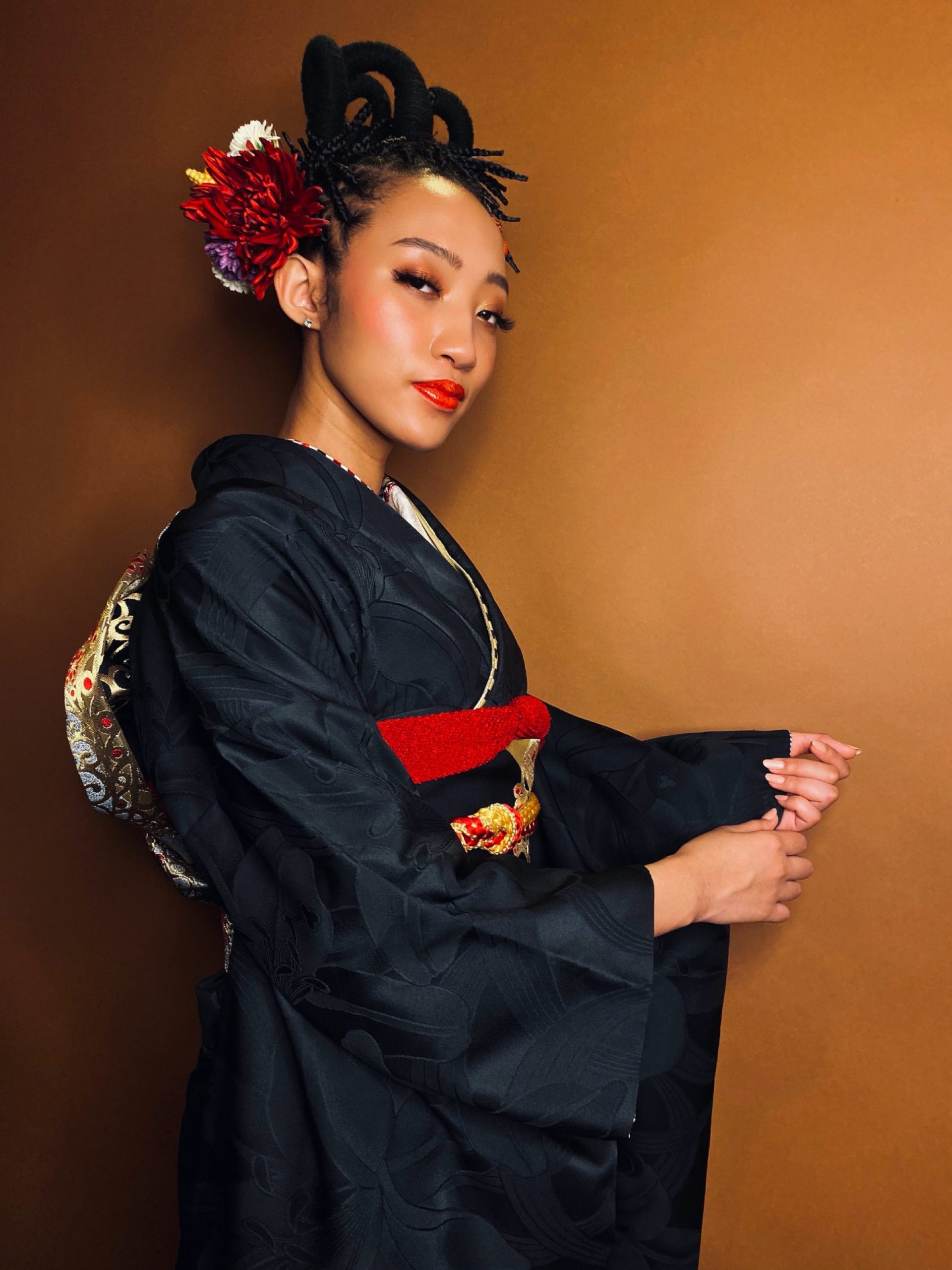Afro-Textured Hair In Japan: Decolonizing The Afro
A Conversation With Emmy Najima
African hairstyling has a deep spiritual and cultural significance, and Emmy Najima made it her mission to push creative diversity in Black hairstyles in Japan.
The modern beauty as well as the beauty industry from the West has reached the shores of Japan decades ago with the appearance of ‘modern girl’ and ‘mannequin girl’, which represents the Western standard of beauty. Today the most popular cosmetic surgery is the operation to transform Asian “monolids” into Western-style ‘double-lids’, also known as double-eyelid surgery.
Black Culture in Japan
On another hand, Japanese intensity towards Black culture has become a trend, especially for African American Hip-Hop culture. This American media-learned notion of a Black-ness is very popular among young Japanese people, who are looking for ways to fully immerse themselves into the imagery of Black culture. As a consequence, a new subculture called B-Style (Black lifestyle) was created, dedicating looks and appearance for the sake of looking like their idealized favorite American rapper. This would involve darkening their skin and wearing various Black braiding hairstyles such as cornrows.
Black hairstyles are not new in Japan, cultural appropriation cases having appeared several times in the country. A good example is the case of the giant Japanese fashion house Comme des Garçons who was criticized for styling their models with cornrow wigs on the runway.
Addition-B: embracing Black hairstyles
Through her workshops, Emmy Najima shares what she learned in New York with Japanese mothers whose kids have Afro-textured hair, but also helps adults in their hair journey. With over 20 years of experience in African braiding, Emmy uses her skills to advocate for self-love and solidarity within the Afro-textured hair community in Japan, simultaneously demolishing the Eurocentric ideology of beauty.
Stepping into her Afro hair salon I was greeted with a familiar smell, a mixture of Xpression—a type of synthetic hair—mixed with hair grease. I took in the interior and I quickly noticed the various Black hair products on the shelves, products you wouldn’t usually find in Japan drugstores. Sitting across the shelves are dark-skinned Barbies, each having a different hairstyle, representing the diversity of Black hair.
Emmy’s clients vary from Black to Asian, and everyone is eager for African braiding hairstyles. Her client for that day was a beautiful Japanese girl with Black heritage. She told me she wanted to have an African hairstyle for her coming of age ceremony, blending her Japanese and Black culture into a multicultural celebration.
A Conversation with Emmy Najima
You’ve been skilfully practicing your African braiding craft for over 20 years now, and you even created a fusion of both Black and Japanese hairstyles. How did you first become interested in African hairstyles?
I have always been interested in Black culture, from its history to music, from ever since I can remember. Everything about it deeply intrigued me.
When I started my journey as an African braiding stylist, I was already trained in cosmetology and through my pre-existing passion for the Black community, it was only natural for me to pursue African hairstyles.
A lot of products on the market claim to be created for “curly hair”, often this isn’t suitable for ethnic curly hair. What should people with Afro hair consider when purchasing hair care products and could you recommend some good Japanese alternatives?
Unfortunately, I can’t think of any Japanese alternatives that might work for curly hair. But, in this day and age, the internet makes it possible for us to try out a variety of hair products from around the world. It might be a little bit costly, but learning the care routine that best suits you is a journey, my tip is to enjoy the process.
the only way we can create change is always through education. Education allows us to understand different perspectives
You can also experiment with making products yourself by blending natural ingredients. However, creating your own hair product might be a bit too advanced for someone just starting their natural hair care journey. The easiest way is to add natural ingredients like coconut oil, olive oil, yogurt, and essential oil to a regular conditioner that you are already using. These ingredients can add extra moisture.
You started a Hair Beauty Academy and you offer workshops where you teach people and parents in Japan how to maintain afro-textured hair. How did that come to life?
I wanted to contribute to the afro-textured hair community in Japan by using my expertise both as a professional hairstylist and someone who has been a parent of a mixed-daughter for 26 years. It is the duty of parents (Ed. to children with curly hair) to learn and understand curly hair. However, there aren’t many places where new parents can learn about it. So, I wanted to be the one to provide that for them. When you are neatly taking care of your children’s hair, I believe you can instill a positive image for the children as well as the people around them.
What are your tips one should know about Black hair care for adults and kids?
Firstly, use your fingers to gently comb through the roughly tangled area. After shampoo and conditioner, use tangle teezer on damped hair. Don’t detangle when your hair is dry, as this could cause breakage. Gently massage your scalp, don’t use a fine comb and hairbrushes as they might create split ends. All in all, it is recommended to keep it basic and always keep your hair moisturized.
We read and hear about the discriminatory and anti-Black logic informing rules around “Good Hair” and “Bad Hair”. As a mother and Afro-hair hairstylist do you have any parenting advice to other mothers of Black multicultural children?
It’s so important to ingrain in them a great self-image from the time they understand words. Don’t hesitate to give positive encouragement and genuine compliments! Never complain about your children’s hair while you are taking care of their strands. Celebrate them by showing them role models with similar hair texture.
it might be a little bit costly, but learning the care routine that best suits you is a journey, my tip is to enjoy the process
Black women and children are encouraged to alter the texture of their hair (straightening and perming), in order to obtain social and economic advancements. Could you please tell our readers why this is problematic?
Every single human being has a right to feel accepted in society. When it comes to afro-textured hair, there is definitely misinformation and misunderstanding. I see a little bit of progress being made but there needs to be re-education of Black people’s beauty, especially hair.
Through the natural hair movement, people of African descent have started rejecting the Eurocentric standard of beauty that denigrates the beauty of Black women. In which way does Japan contribute to these centuries of thinking that stigmatizes afro-hair? And what steps do we need to take to undo it?
As a matter of fact, Japan is a racially homogeneous country. You can check the statistics by googling it, but more than 98% of the population in Japan has the same or familiar looks (including other foreign Asians living in Japan). It has been like this for hundreds of years. Granted, things are rapidly changing in a positive way, however, the majority of people are still misinformed and unaware of Black culture.
How can we change that? The only way we can create change is always through education. Education allows us to understand different perspectives. I personally think many people in Japan are just unaware of other cultural practices. In order to move forward, we can start to create change by educating them about Black culture in school.
You can follow Emiko “Emmy” Najima’s work on her Instagram profile and her website, as well as her Beauty Academy.
















Leave a Reply